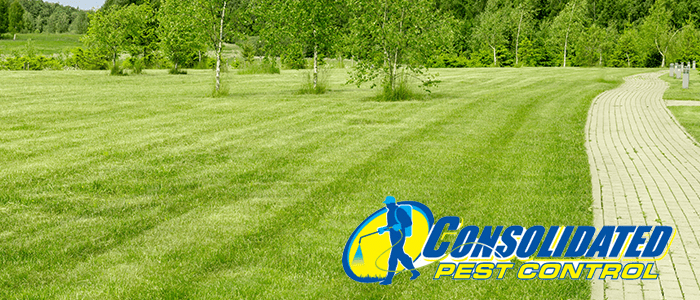It’s swarming time for many winged insects. Some of the swirling masses are harmless, others, not so much. Towards the top of the dangerous list are subterranean termites. They generally form satellite colonies by budding or swarming. Unfortunately, the winged kings and queens resemble other members of the insect world. As such, their swarming behavior may be easily mistaken for that of harmless creatures, including ants. Consequently, property owners must diligently search for additional tell-tale signs. Among them are mud tubes or tunnels.
Think of the tubes as subterranean termite super highways. They use the protective highways to travel virtually undetected from one location to other areas within their ever-growing kingdoms. Why do these underground dwellers need protection? For one, many members of the local wildlife tend to find them delicious. But becoming lunch isn’t the insect’s only concern. The other one has more to do with subterranean termites’ anatomy than predators’ appetites. Unlike some other living things on this planet, they have exoskeletons.
Although durable forms of protection, exoskeletons do have some limitations. For example, old ones must be shed from time to time. During those periods, subterranean termites are extremely vulnerable to the elements. As such, they run the risk of dehydrating, overheating and the like. Keep in mind that subterranean termites’ bodies continue to crave sustenance at those times. So they must continue on with their life cycle despite the risk of damage to their exoskeletons. Thus, the tunnels provide the foraging insects with much-needed protection when they are at their most vulnerable.
The tunnels are truly marvels of natural engineering. Featuring hard exteriors that tend to blend into the surrounding scenery, the tunnels typically run for miles undetected. Oftentimes, they will show up on or near a building’s foundation and walls. To learn more about mud tunnels and other clear indicators that subterranean termites are hard at work, please contact us.








